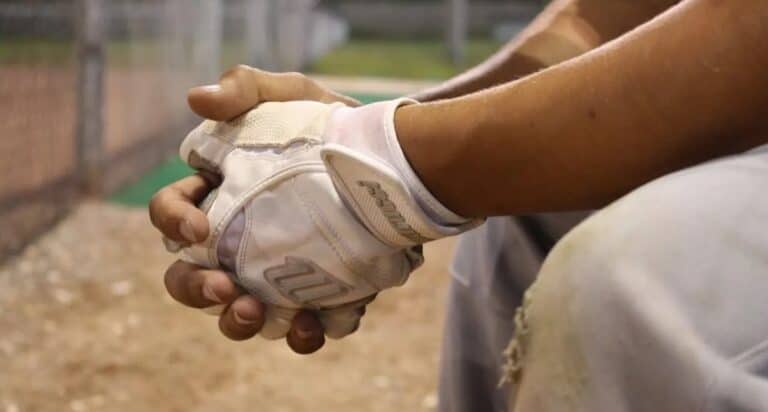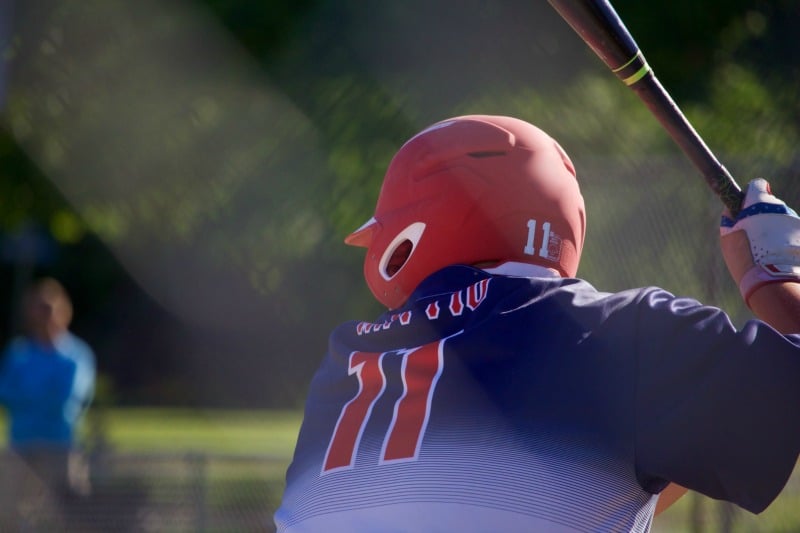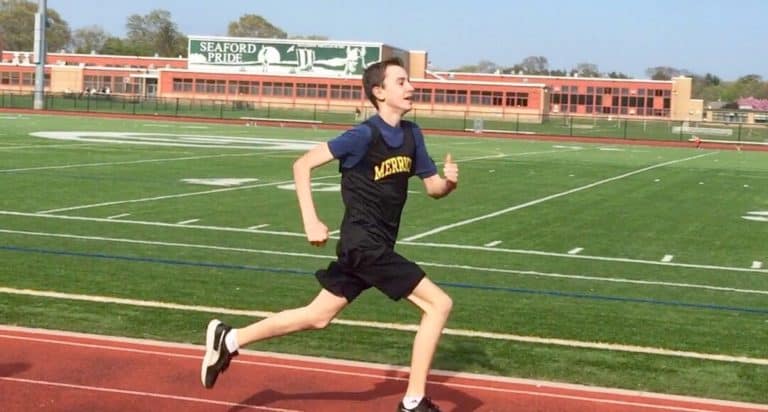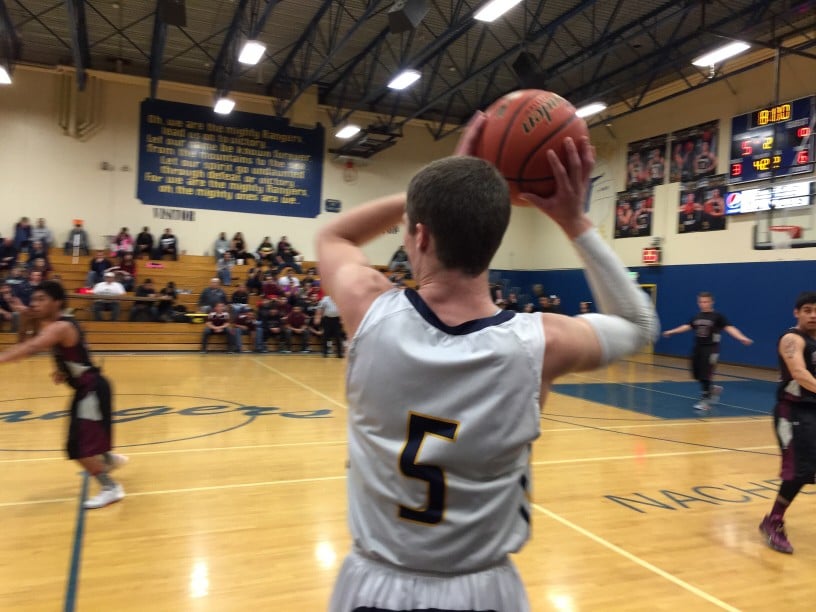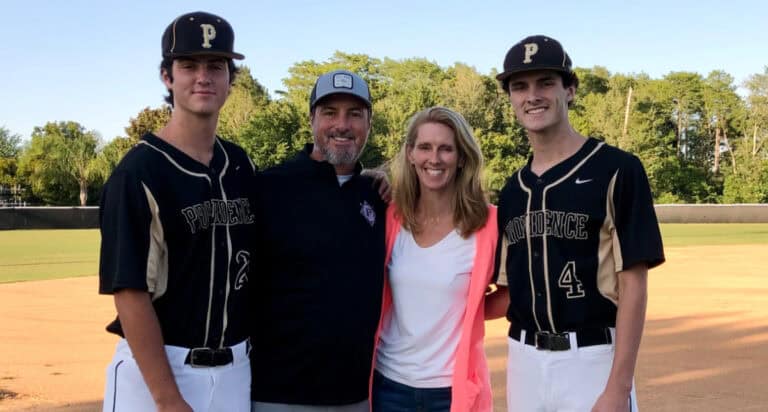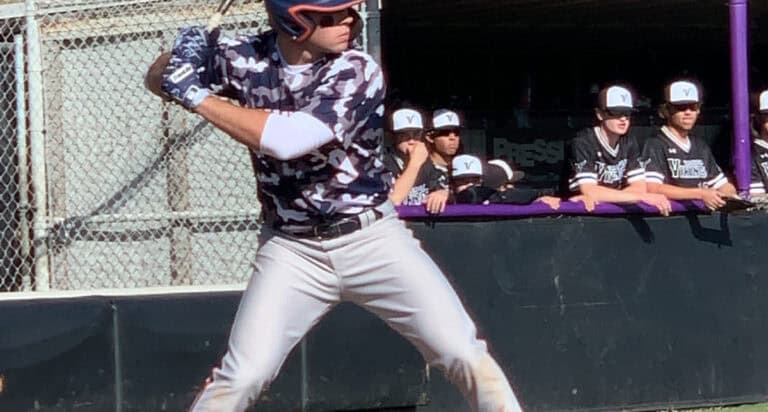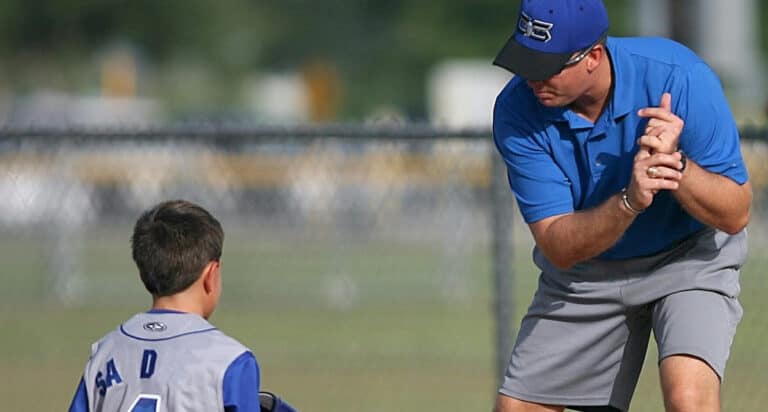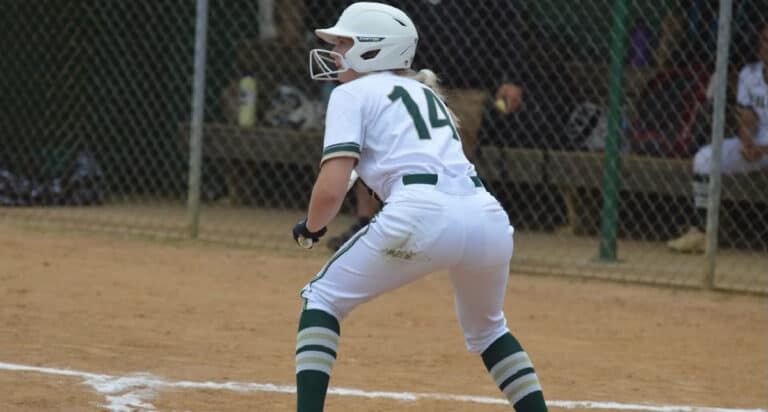I recently overheard some parents of 8th graders discussing the high school athletic programs their kids will soon be headed to. One expressed concern over the fact her son would most likely not make the soccer team because he has only been playing for three years, and only playing on the local “county parks and recreation” team.
Her son won’t be able to physically compete (or even measure up) to the kids who have been playing year round traveling club soccer since elementary school. The other one was concerned that the high school would soon be implementing a “club or school” sports policy for its volleyball players, and would not be allowing girls to play on both school and travel club teams, because of too much overlap in practices and tournaments, and potential conflicts of interest.
Then there was a cheer mom who was flat-out told by her daughter’s elite cheer team she was not allowed to participate in high school cheer at all, and she would need to pick one or the other. Remember, these are 13-year-old KIDS.
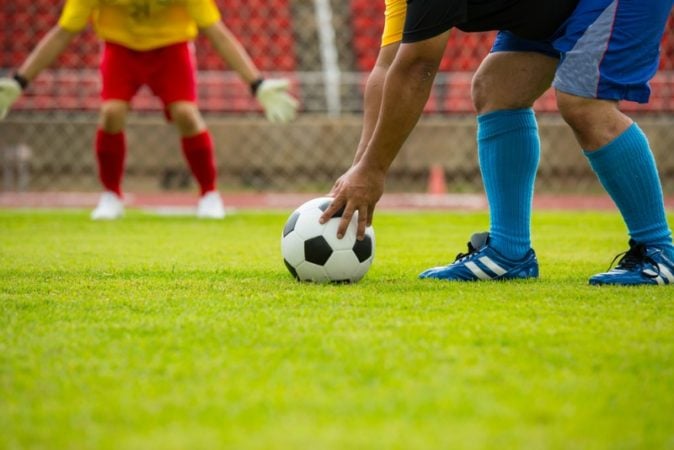
Youth Sports and High School Sports
Youth sports, now a $17 billion dollar a year industry in this country, has sky rocketed into a galaxy that is close to being insanely unrecognizable. Local county municipal parks and recreation complexes – the places where in the past children of all income levels played a variety of sports year round for free (or very little), are increasingly being shut down, partly due to county government budget cuts, and partly due to a lack of participation. And though we may be spending more, overall fewer are playing – because participation in youth sports is actually down about 8%, causing what is being called a “play gap.”
So who and where are all the kids playing, and what is it doing to high school sports? Well, they’re playing and specializing in sports starting at eerily young ages, and they’re playing on travel, elite, or club teams. But these kinds of sports teams are not only highly competitive – the majority of which are coached by very skilled semi-professionals, they’re also full of high expectations, one of which is a commitment to not only year round practice and play, but out of town (and sometimes out-of-state) travel.
It’s little league on steroids, churning out mini pro athletes, some of whom are so good they have no desire to expend the time and effort to play for their average high school team. Or the opposite happens, and public high schools located near epicenters of elite travel teams, end up stacked with that same talent, and eventually earn reputations for being the “baseball,” “soccer,” or “volleyball” school, in some cases actually recruiting those athletes during middle school to come play there, because it’s where they’ll find the most success. These high schools can almost predict what years they will earn a state championship based on how successful the local club team is.
Where Can High School Athletes Play “For Fun?”
But where does this leave average students who just want to play a sport in high school for fun and a little exercise?
Dr. John Marschhausen, Ph.D., is superintendent of the Hilliard City Schools district in Ohio, and has recently been appointed as “superintendent in residence” at The Ohio State University School of Education. He spoke candidly on a recent episode of HBO’s Emmy winning documentary series Real Sports about elite club teams and the play gap, and how his district is experiencing dwindling numbers of students playing high school athletics because of it.
He is concerned that public high schools, once the only places that were able to equalize athletic opportunity, are unable to do so anymore, thus leaving low-income students (who need sports and structure the most) sitting on the sidelines. He stated,
There comes a point where the kids who play in the elite clubs, are just head and shoulders [above] in terms of skill and talent, because in some cases they’ve been working on it 12 months of the year since they were in 4th grade.
He goes on to address the fact that students without the means to be able to start club sports young -and play continually until high school, quickly self-weed out of athletics entirely. He said about those students,
We see them coming out to a point, and then when they see that this isn’t going to be an option, they quit. This is an uncomfortable issue for us a public school district to say we have kids who can’t compete because of socioeconomics. They can try out, but because they don’t have the skills, it’s a false sense of opportunity.
Finally, for student athletes seeking partial or full collegiate athletic scholarships, high school sports are in some circumstances no longer the ideal playing ground or developmental environment for them. Collegiate recruiters often bypass the kids playing high school sports entirely, due to the lack of talent level there now, and instead focus and seek out the elite club teams for potential athletes. This creates yet another uneven level of opportunity, and has many parents convinced that the only pathway to collegiate athletics is now through club teams, not school teams.
Experts in youth sports are beginning to take notice, and initiatives like the Aspen Institute Play Project and others are taking steps to encourage, educate, finance, and provide community youth sports facilities and opportunities that grow access, not limit it. We need our kids and teens to be able to play more sports, not less, and hopefully initiatives like these will continue to grow and nourish youth sports programs, ultimately fostering and developing equal access in high schools as well.
You Might Also Want to Read:
Trying to Be Perfect is Killing our Kids and We’re to Blame
We Need to Rethink Encouraging Our Kids to “Follow Their Passion”

